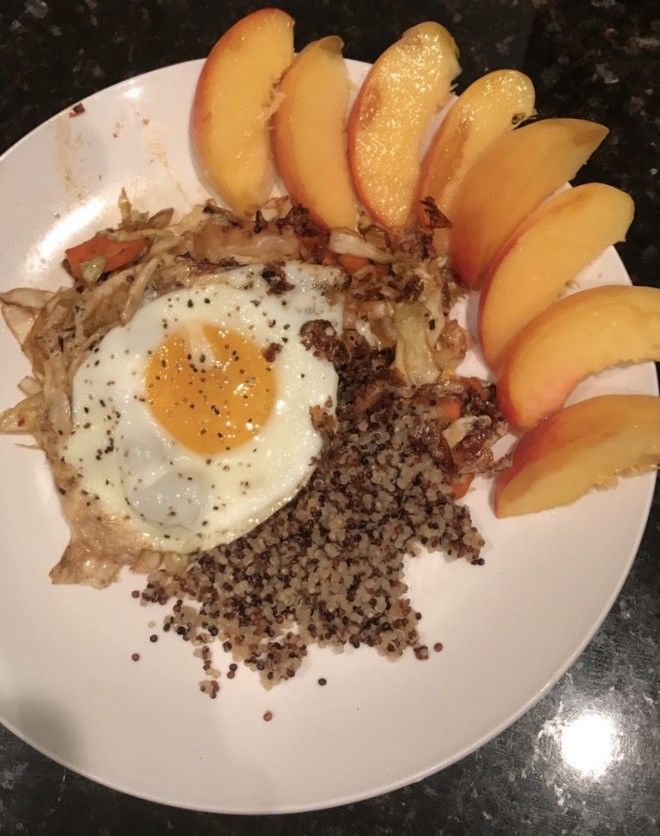Wednesday, November 22, 2017
According to the latest research from the American Diabetes Association, 30.3 million Americans had diabetes in 2015 and they estimate that 7.2 million of those cases are undiagnosed. Additionally, the ADA reports that another 1.5 million people are diagnosed with diabetes every year. November is national diabetes awareness month. We are wrapping up this month by bringing awareness of how people can prevent or manage diabetes the Well-Balanced way.
Let’s start by circling back to the Well-Balanced Plate, which is not only good for weight management and getting the vitamins and minerals you need – it can also help regulate your blood sugars. As you may already know, diabetes is a condition of having elevated blood sugars, which can often be attributed to eating a diet that is high in sugar or other simple carbohydrates (specifically for type 2 diabetes). There is also a genetic predisposition to have a higher risk of developing type 2 diabetes; however, it is often preventable with diet and lifestyle changes.
On the Well-Balanced Plate, we include complex carbohydrates, such as whole grains, in small portions. You can read more about the benefits of whole grains here. A complex carbohydrate has higher fiber content and will not raise blood sugars as quickly as simple carbs. For instance, you might find yourself feeling hungry soon after eating a meal with white rice versus eating oatmeal or other whole grains. Not only do we find carbohydrates in grains such as oats, quinoa, and whole wheat bread but we also find carbohydrates in fruits, vegetables – especially the starchy vegetables like potatoes and corn – and most dairy products. It is important to know what foods are affecting your blood sugars and how to eat them in balance. This is something we discuss with many of our clients – click here to learn more.
Additional benefits of eating well-balanced means you’re including not only complex carbs – but we also emphasize protein and healthy fat. Incorporating protein and healthy fat helps to slow the rate of how quickly food is turned into glucose (blood sugar) to be used for energy.
Last year, Karen* came to Well-Balanced Nutrition because her hemoglobin A1C, a marker of checking a person’s average blood sugars, was elevated at 6.4%. This is one percentage point away from being diagnosed with diabetes. Karen was very eager to learn how to prevent diabetes without going on any medications. During her initial assessment, we talked about her healthy habits, then she mentioned her love of Pepsi-Cola. After a few more visits, Karen incorporated some mindful eating techniques and implemented label reading to check the carbohydrate and sugar content of everything she bought. Karen reports it was easier than she expected to stop drinking Pepsi. She is pleased to still occasionally enjoy a glass of chocolate milk from Maple View Farms for days that she wants something extra special. At her follow-up doctor appointment last June, the doctor said, “Congratulations, whatever you’re doing is working. Keep it up.“
*Name changed to protect identity.
Here are a couple of examples of our favorite well-balanced meals:

Sauteed cabbage and carrots w/ quinoa, fried egg & peach

Garlic chicken legs w/ brown rice and artichoke green bean salad



